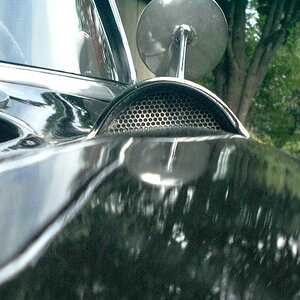Gabriel
TPF Noob!
- Joined
- Sep 20, 2009
- Messages
- 95
- Reaction score
- 0
- Location
- Fort Lauderdale, FL
- Website
- www.gabriel-diaz.com
- Can others edit my Photos
- Photos NOT OK to edit
After years of putting up excuses as to why I can't do something like this, I'll be starting my first personal journalistic project. I have the particulars laid out, I know the kind of people I need to seek out for this photo essay, and I'm guessing my biggest sources will be craigslist and word of mouth (I happen to know a lot of people that should know others who fit my criteria).
I'm going to put together a brief proposal, not really to show people but so that I have my objective down. I'll also have a short list of questions to ask my subjects (as a way of relaxing them, and for my own notes). I'll put together a model release, though the only compensation I can offer will be prints from the shoot.
I expect to shoot mostly digital, but some 35mm film as well. On location, environmental portraiture, easy single-flash setup.
It's possible that once I have some material together, I may submit it to galleries, or put together a small book. I know it will take some time to get enough stuff together for it.
I have all the equipment I need, save for a good flash diffuser, but I'll be getting that in the next week or two. That will give me time to get everything else in order.
Anything that anyone with experience in this wants to add? Any tips or suggestions? I know that my site does not really show any of this kind work, but at least people will see I am the real deal, so to speak - I am actually a photographer, and I am actually serious.
Ears and eyes are wide open, so please share if you think of something.
I'm going to put together a brief proposal, not really to show people but so that I have my objective down. I'll also have a short list of questions to ask my subjects (as a way of relaxing them, and for my own notes). I'll put together a model release, though the only compensation I can offer will be prints from the shoot.
I expect to shoot mostly digital, but some 35mm film as well. On location, environmental portraiture, easy single-flash setup.
It's possible that once I have some material together, I may submit it to galleries, or put together a small book. I know it will take some time to get enough stuff together for it.
I have all the equipment I need, save for a good flash diffuser, but I'll be getting that in the next week or two. That will give me time to get everything else in order.
Anything that anyone with experience in this wants to add? Any tips or suggestions? I know that my site does not really show any of this kind work, but at least people will see I am the real deal, so to speak - I am actually a photographer, and I am actually serious.
Ears and eyes are wide open, so please share if you think of something.




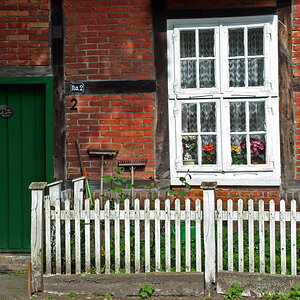
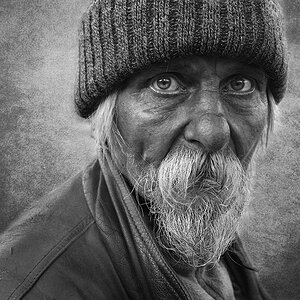
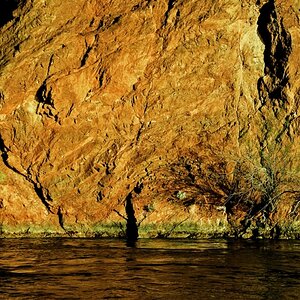

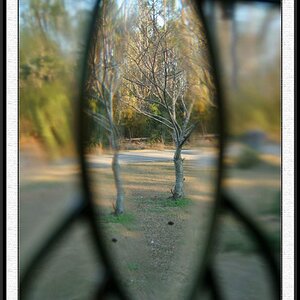
![[No title]](/data/xfmg/thumbnail/39/39286-ae386da044402acf92e55d8b68c26af3.jpg?1619738956)
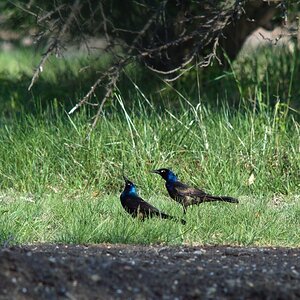
![[No title]](/data/xfmg/thumbnail/39/39288-2d76486ccc9042c6fb525aaaaffff1fb.jpg?1619738957)

